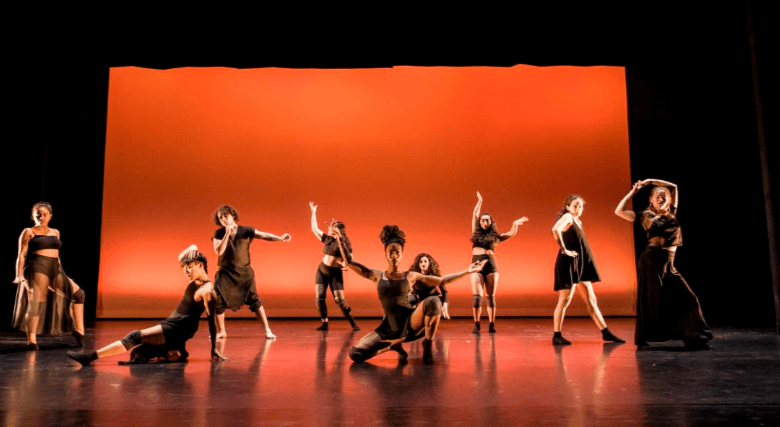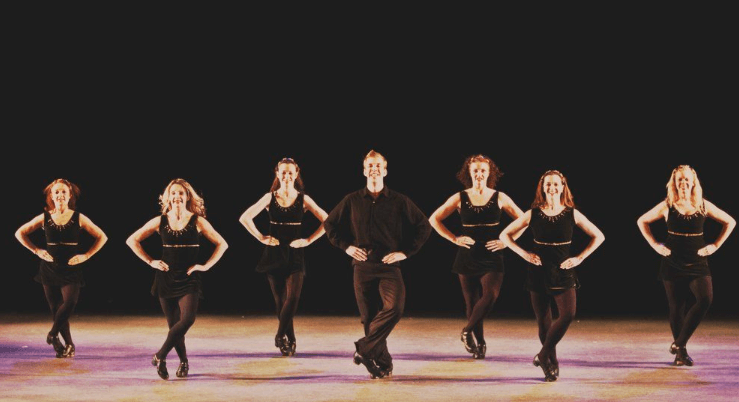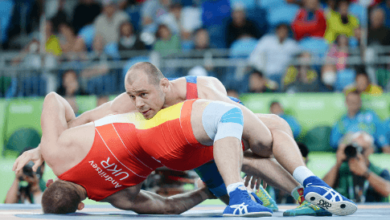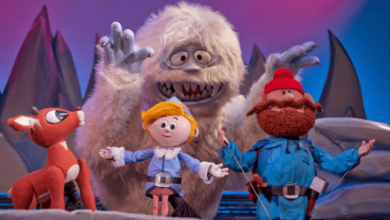Modern:48srsmk1hhq= Dance

Modern:48srsmk1hhq= Dance emerging as a pivotal movement in the late 19th and early 20th centuries, represents a significant departure from the constraints of classical ballet. With figures such as Martha Graham and Merce Cunningham at the helm, this genre champions personal expression and emotional connectivity, allowing dancers to convey complex narratives through innovative forms and techniques. As we examine the evolution of modern dance, it becomes evident that its future is not merely a continuation of past ideals but rather an exploration of how technology and societal shifts are shaping new artistic landscapes. What lies ahead in this dynamic interplay?
Historical Roots of Modern Dance
The historical roots of modern dance can be traced back to the late 19th and early 20th centuries, a period marked by profound social, cultural, and artistic transformations.
Expressionist movements emerged as a response to social influences, challenging traditional norms and advocating for artistic freedom.
This era fostered a new language of movement, emphasizing personal expression and emotional depth, reshaping the landscape of performance art.
Key Characteristics and Techniques
Emerging from its historical roots, modern dance is characterized by a departure from classical ballet’s rigid structures, embracing fluidity and innovation.
Central to its essence are expressive movement and improvisational techniques, allowing dancers to convey emotions and narratives organically.
This freedom fosters individuality, encouraging artists to explore personal interpretations and spontaneous creativity, ultimately redefining the boundaries of movement and performance.
Influential Figures in Modern Dance
Throughout the evolution of modern dance, several influential figures have emerged, shaping the genre’s trajectory and expanding its expressive possibilities.
Choreographic pioneers like Martha Graham and Merce Cunningham redefined movement, emphasizing emotional expression and individuality. Their innovative techniques challenged traditional forms, allowing dancers to explore personal narratives and societal themes, thus paving the way for future generations to embrace the freedom inherent in modern dance.
Read Also Modern:1ohstbtjgzy= Bedroom Ideas

The Future of Dance Innovation
In an era marked by rapid technological advancements and cultural shifts, the future of dance innovation stands poised to redefine artistic expression once again.
Digital choreography will enable creators to craft immersive experiences that transcend traditional boundaries, inviting audiences to engage in multidimensional narratives.
As artists harness technology, dance will evolve into a platform for exploration, challenging perceptions and celebrating the freedom of movement.
Conclusion
In conclusion, Modern:48srsmk1hhq= Dance stands as a vibrant tapestry woven from the threads of individual expression and societal reflection. This dynamic art form not only challenges conventional boundaries but also embraces the fluidity of human experience. As technology continues to evolve, the stage becomes a canvas for innovative storytelling, inviting audiences to engage with the profound narratives of our time. Thus, modern dance remains a powerful force, illuminating the intricate interplay between movement, emotion, and cultural dialogue.





